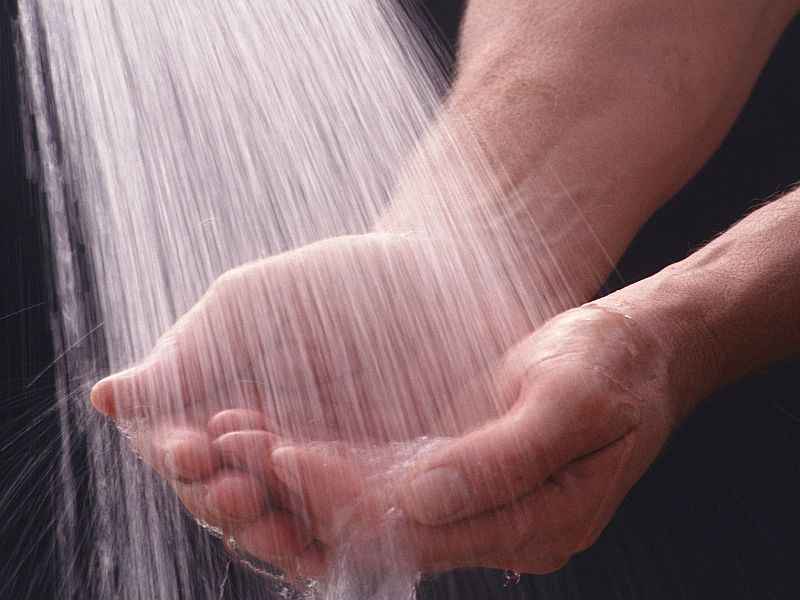SATURDAY, Feb. 16, 2019 (HealthDay News) — Following the recipe for food safety is a must anytime you’re in the kitchen, and it starts with clean hands, the Academy of Nutrition and Dietetics says.
“Always wash your hands with soapy water for at least 20 seconds before and after handling food,” spokeswoman Isabel Maples advised in an academy news release. “Don’t forget to wash your hands after handling raw meat and poultry to avoid spreading germs through the juices.”
Wash fruits and vegetables, but don’t wash meat and poultry before cooking. Doing so could spread harmful bacteria to your sink and surrounding kitchen areas, she explained.
“Clean your countertops with hot, soapy water. Use paper towels or disinfectant wipes, instead of washcloths or sponges, which can harbor bacteria,” Maples said.
Take apart small appliances — such as can openers and blenders — to clean them, then air dry completely before storing, she recommended.
“Clean your refrigerator every few weeks to rid it of potentially dangerous residue from raw foods. Rid your refrigerator of leftovers after four days. When in doubt, throw it out,” Maples said.
Use a food thermometer when cooking meat — it’s the only real way to know if it’s done, she suggested.
“Insert the thermometer into the thickest part of the meat, without it touching the bones or the bottom of the pan, to avoid getting a false reading. Then clean your thermometer with hot, soapy water after each use,” Maples said.
Keep hot foods hot and cold foods cold, and refrigerate perishable foods within two hours, or within one hour during warmer weather.
Thaw frozen foods in the refrigerator, in cold water or in the microwave — not on the counter. Pathogens multiply fast when foods are in the “danger” zone between 40 degrees and 140 degrees.
“Store foods in the correct area of the refrigerator,” Maples said. “To minimize the risk of raw juices dripping into other foods, put cooked and ready-to-eat foods at the top and raw meats and poultry at the bottom. Plus, place raw meats in a container to catch any drips.”
More information
The U.S. Centers for Disease Control and Prevention has more on food safety.
Copyright © 2025 HealthDay. All rights reserved.

